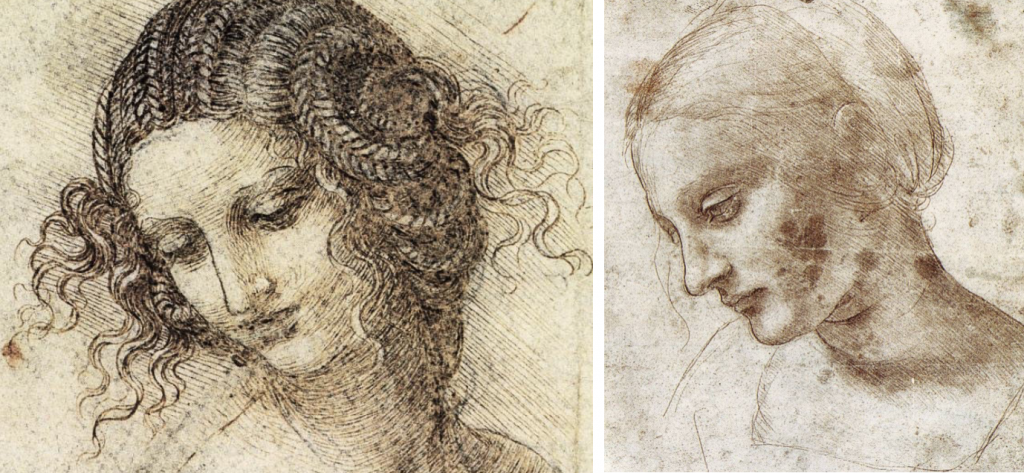da Vinci and the Renaissance 2019 (Italy) Dashboard
Description
 Led by Prof. Dino Franco Felluga ([email protected]), da Vinci and the Renaissance is a fully cross-disciplinary study-abroad program that explores the transition from the medieval period to the Renaissance across multiple subjects (art, architecture, engineering, science), thus laying out how much of what we take for granted today about technology or about the human subject were implemented in this rich period, especially in Italy. The focus for the course will be that most famous “Renaissance man,” Leonardo da Vinci. The course’s interdisciplinary approach asks students to think about the constructed nature of the things we take for granted as “natural” (e.g., time, space, human subjectivity, meaning, sight, knowledge, and law), thus opening our eyes to the significance of cultural differences.
Led by Prof. Dino Franco Felluga ([email protected]), da Vinci and the Renaissance is a fully cross-disciplinary study-abroad program that explores the transition from the medieval period to the Renaissance across multiple subjects (art, architecture, engineering, science), thus laying out how much of what we take for granted today about technology or about the human subject were implemented in this rich period, especially in Italy. The focus for the course will be that most famous “Renaissance man,” Leonardo da Vinci. The course’s interdisciplinary approach asks students to think about the constructed nature of the things we take for granted as “natural” (e.g., time, space, human subjectivity, meaning, sight, knowledge, and law), thus opening our eyes to the significance of cultural differences.
We finish in the last days of the course by flash-forwarding to our present century so we can consider not only how Renaissance thinking made possible a number of present-day developments (robotics and computing, for example), but also the myriad ways that we are now seeing a cultural, ontological, and epistemological shift that is as far-reaching as the one between the medieval period and the Renaissance. The Peggy Guggenheim Museum and the Venice Biennale will provide us with our artistic examples of so-called “postmodernism.”
Galleries, Timelines, and Maps
There is no content in this group.
Individual Entries
The Florence Duomo, the central cathedral in Italy, was completed in 1436. After its formal completion, Andrea del Verrocchio, Leonardo's mentor, was called to put a bronze ball and cross at the top of the dome. It was an enormous feat that challenged the engineering and architecture of the time period. Leonardo was a young apprentice under Verrocchio at the time, making this specific project compelling and began Leonardo's interest in engineering design and machines.
The sacristy is a room traditionally used for priests to put on garments for a religious ritual. In this case, it was intended to be a mausoleum for the founder of Medici dynasty, Giovanni di Bicci de’ Medici. The room was designed by Brunelleschi, and has many elements that represent the epitome of Renaissance architecture. It emphasizes the use of fundamental geometric shapes, to create a sense of clarity and solemnity. Brunelleschi borrowed many elements, such as fluted pilasters and corinthian capitals, from ancient Roman architecture but used them in a new way. The tomb of Giovanni and Piero de' Medici, created by Verrocchio, is found in this mausoleum.
Dr. Beth Harris and Dr. Steven Zucker, "Brunelleschi, Old Sacristy, San Lorenzo, Florence," in Smarthistory, December 6, 2015, accessed April 27, 2019, ...
moreThe Uffizi Gallery is one of the largest and most important Italian museums, storing a collection of priceless works of art from the Italian Renaissance and beyond. Cosimo de’ Medici commissioned Giorgio Vasari to design the building in 1560. It’s original function was to house Florentine legal and administrative offices, with a private gallery for the collections of the Medici family on the second floor. At the end of the Medici dynasty, The Family Pact of 1737 allowed Anna Maria de’ Medici to declare that the Medici’s art collections may never be moved from Florence, ensuring the permanence of the Uffizi Gallery. In 1769 the Gallery was opened to the public and has become one of the most visited museums in the world.
“History | The Uffizi.” Uffizi Galleries, www....
more